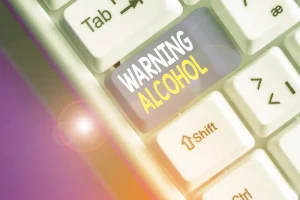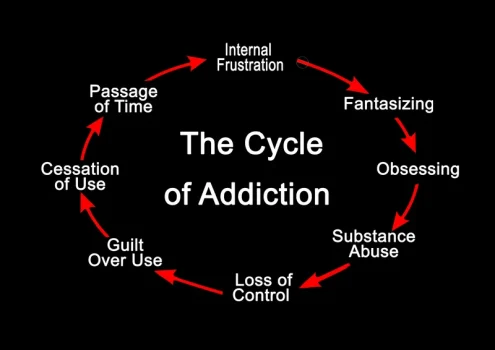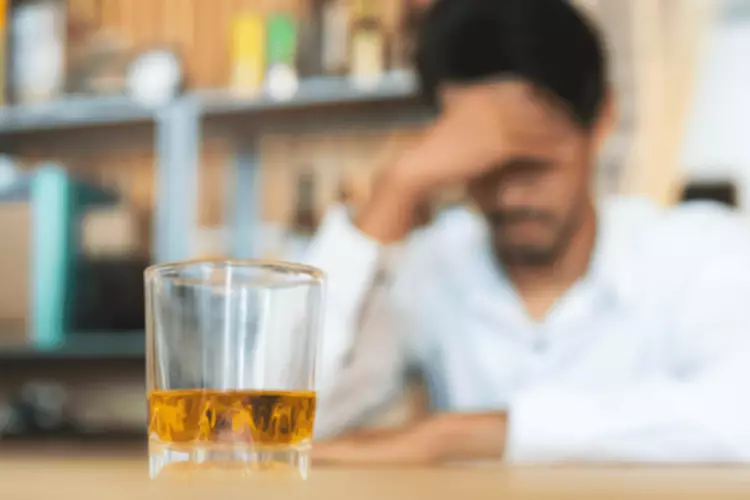Polydrug use is the use of two or more drugs at the same time or in close succession. It can include combinations of illegal drugs, prescription drugs, or alcohol, increasing the risk of adverse effects and overdose. The negative effects of speedballing depend on the combination of drugs used, the dosage, and the method of administration. By suppressing the typical negative side effects of the two drugs, the user may falsely believe they have a higher tolerance, or that they are less intoxicated than they actually are. This can cause users to misjudge the intake of one or both of the drugs, resulting in a fatal overdose.
Related Content
This is because substances react differently according to age, tolerance, usage of existing substances, etc. Speedballing is risky because one part of the mix speeds your body up, while the other tries to slow it down. It’s like one drug trying to tell your body to go left, while the other is telling it to go right. This can put an immense amount of stress on your brain and body.
Types of Addiction Treatment Available
Typically, the stimulant component (cocaine, methamphetamine) induces a surge of euphoria, heightened energy, and increased alertness. Conversely, the depressant component (heroin, fentanyl, benzodiazepines) elicits feelings of relaxation, calm, and sedation. When these how is drug addiction related to your genes and environment drugs are combined, though, they create an unintended synergy that can overwhelm the body’s central nervous system. This push-pull effect on the body can lead to potentially fatal consequences. Regardless of how or why, polysubstance abuse is a dangerous practice.
Can You Die From Cocaine Withdrawal?
In essence, the definition of « speedball » is just a cocktail of dangerous ingredients. Speedball drugs are scary enough on their own, but in the combined form, they can be life-threatening. As already discussed, the answer is clearly “yes.” Both cocaine and heroin are potent chemicals. In essence, the definition of “speedball” is just a cocktail of dangerous ingredients. Drug addiction and abuse are something that should not be taken lightly. It is necessary to be able to understand its long-term effects, immediate risks, and what kind of help is needed.
Fentanyl contamination
Mixing drugs is never safe and medical advice must be sought in regard to multiple medical prescriptions. Nonpharmacological treatments for speedball abuse may also exist. A 2014 study published in the journal Life Sciences showed that exercise eco sober house review decreased speedball administration in animals. Researchers found that overall physical activity, not a specific exercise, reduced drug self-administration by rodents. A speedball is composed of two classes of drugs with contradicting effects.
Contact us to learn more about how you can get help for you or someone you love today. First, because of the mix of two drugs, the user doesn’t feel the extreme effects of either. This is one of the most prevalent dangers of speedballing and means users won’t be able to tell if they’re approaching lethal levels of either heroin or cocaine.
If you or a loved one suffers from substance use, seek medical advice immediately at a qualified treatment center. The opposing side effects of this combination lead to a push-pull effect. When taken together, the drugs will create a drug interaction that will give you an intense rush while also stopping each other’s adverse effects. The combination creates a ‘push-pull’ reaction in the brain and body.
As drug misuse, abuse, and addiction increase as a public health risk, drugs like opioids and cocaine continue to be popular among people that use recreational drugs. However, many people that use drugs recreationally use more than one at a time. There is a Medication-Assisted Treatment (MAT) approved for opioid addiction. However, there are currently no medications to treat stimulant addiction; for issues like polysubstance abuse, a comprehensive and personalized treatment is required. While naloxone takes a few minutes to undo the risk of overdose, it does not work for cocaine.
Its core ingredients are heroin and cocaine, and it is injected into the body through the use of a syringe. In addition, the practice heightens the risk of developing addiction and experiencing an overdose. Tolerance 9 liquor storage ideas for small spaces to one of the drugs may lead the person to consume larger quantities in pursuit of the desired effects. Even more concerning, speedballing greatly increases the risk of life-threatening speedball overdose.
It’s not enough to understand what a speedball is, you also need to have an understanding of why they are so dangerous. If the depressant is metabolized before the stimulant, you take the risk of having a heart attack. Your heart rate may suddenly jump, shocking the cardiac system. Your blood pressure may become very high, putting you at risk of a stroke. The risk of this grows if you have another condition such as heart disease, a weak blood vessel, or high blood pressure.
However, it can cause side effects like fatigue, sleepiness, brain fog, and struggling to maintain consciousness. When an individual reaches a point of being unable to help himself, it’s up to the loved ones to seek appropriate care. Since speedballing holds tremendous risks, it is vital for polydrug users to begin detox and treatment immediately.
- It’s impossible to know exactly which substances illegal street drugs are composed of; their compositions vary and can include random chemicals.
- For medical advice please consult your physicians or ChoicePoint’s qualified staff.
- If you notice any of these symptoms in people taking speedballs, call 911.
- Another way to manage speedball addiction without medication is regular vigorous physical activity.
- Overdose is especially likely due to the heroin component of a speedball.
- They also offer a dual diagnosis program that treats both addiction and mental health disorders such as bipolar disorder, depression, or anxiety.
Stimulants and depressants can mask each other’s side effects, and users can fail to notice respiratory failure, heart attacks, strokes, and overdoses, both in themselves and those around them. Long-term side effects of speedballing include heart issues, damage to blood vessels, and severe mental health consequences. Speedball drugs also have high addiction potential, increasing the risks for substance use disorders. When someone resorts to polysubstance abuse, the consequences can be fatal. Once the speedball is injected however, it’s too late to consider its severe and potentially deadly effects.












